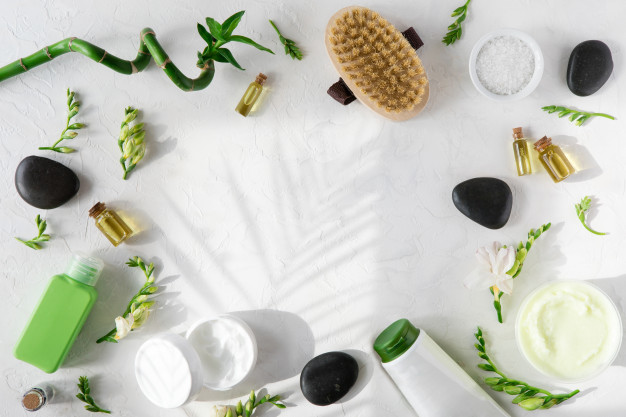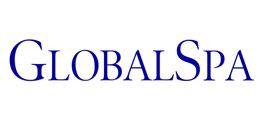Nowadays, almost everyone is talking about clean beauty. However, what does “clean beauty” really entail? This notion is closely linked to green beauty, natural beauty, or any other non-conventional beauty standard. However, there is no standard definition of “clean beauty”. Therefore, numerous companies have decided to formulate their definitions based on their agendas.
What Qualifies as Clean Beauty?
For a product to fall into the clean beauty category, it must satisfy two highly important criteria. For one, it must be produced from non-toxic ingredients. This means that you can use the product without experiencing any harm to your health. The labelling must also indicate that the product is safe and healthy. Cosmetic ingredients are usually ranked from A to F. Products falling within rank A, B, or C are considered safe or clean beauty.
Another requirement for clean beauty cosmetics is that the label must be transparent. Whenever a company lists all ingredients within a product and includes the appropriate label, they are on the right track. Some companies list fragrance as a feature of their beauty products. This does not qualify as an ingredient.
 Other companies also hoodwink unsuspecting consumers by falsely labelling their products with words the likes of “eco” & “natural” to seek attention. Clean beauty must be simple and honest. It should not contain any mysterious ingredients.
Other companies also hoodwink unsuspecting consumers by falsely labelling their products with words the likes of “eco” & “natural” to seek attention. Clean beauty must be simple and honest. It should not contain any mysterious ingredients.
Must Clean Beauty Be Natural?
One misconception harboured by many people is that clean beauty is 100 per cent perfect. This is not usually the case. The main focus of clean beauty is to eliminate the highest amounts of toxins possible from commonly used products. Furthermore, the notion aims to enlighten the masses on what clean beauty means. Clean beauty does not have to be organic. Even some artificial products can be considered clean since they do not contain any toxins, and are perfectly safe for long-term use.






